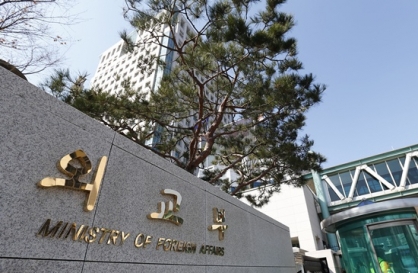Go is a territory game. Players take turns to place black or white stones on a full-sized 19x19 board, trying to capture the opponent’s stones or surround empty space to gain points.
It’s been estimated there are 10 to the power of 700 possible ways a Go game can be played -- more than the number of atoms in the universe. The number compares to about 10 to the power of 60 possible ways in chess.
After human’s defeat in chess almost 20 years ago, Go has been widely considered a good method to gauge how artificial intelligence can evolve.
AlphaGo became the first AI program to beat a professional Go player, the three-time European champion Fan Hui, in October last year.
While traditional AI methods construct a search tree over all possible positions, the Google program takes a different approach by combining tree search and machine learning technologies.
The system was trained to mimic human play by attempting to match the moves of professional players from recorded historical games, using a database of around 30 million moves.
Once it reached a certain degree of proficiency, it was trained further by being set to play large number of games against other instances of itself, using a trial-and-error process known as reinforcement learning.
According to Demis Hassabis, vice president of engineering at Google leading their AI projects, AlphaGo has absorbed a massive amount of data from about 100,000 Go games downloaded from the Web and self-trained to mimic moves of human Go players. He added it is still continuing to learn and evolve.
Even with some handicaps, the Google AI has shown a winning rate of 75 percent against other Go programs.
It’s been estimated there are 10 to the power of 700 possible ways a Go game can be played -- more than the number of atoms in the universe. The number compares to about 10 to the power of 60 possible ways in chess.
After human’s defeat in chess almost 20 years ago, Go has been widely considered a good method to gauge how artificial intelligence can evolve.
AlphaGo became the first AI program to beat a professional Go player, the three-time European champion Fan Hui, in October last year.
While traditional AI methods construct a search tree over all possible positions, the Google program takes a different approach by combining tree search and machine learning technologies.
The system was trained to mimic human play by attempting to match the moves of professional players from recorded historical games, using a database of around 30 million moves.
Once it reached a certain degree of proficiency, it was trained further by being set to play large number of games against other instances of itself, using a trial-and-error process known as reinforcement learning.
According to Demis Hassabis, vice president of engineering at Google leading their AI projects, AlphaGo has absorbed a massive amount of data from about 100,000 Go games downloaded from the Web and self-trained to mimic moves of human Go players. He added it is still continuing to learn and evolve.
Even with some handicaps, the Google AI has shown a winning rate of 75 percent against other Go programs.
-
Articles by Korea Herald





![[Weekender] Korean psyche untangled: Musok](http://res.heraldm.com/phpwas/restmb_idxmake.php?idx=644&simg=/content/image/2024/05/02/20240502050841_0.jpg&u=)



![[Eye Interview] 'If you live to 100, you might as well be happy,' says 88-year-old bestselling essayist](http://res.heraldm.com/phpwas/restmb_idxmake.php?idx=644&simg=/content/image/2024/05/03/20240503050674_0.jpg&u=)








![[Herald Interview] Director of 'Goodbye Earth' aimed to ask how we would face apocalypse](http://res.heraldm.com/phpwas/restmb_idxmake.php?idx=652&simg=/content/image/2024/05/03/20240503050732_0.jpg&u=)
